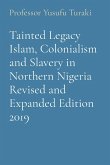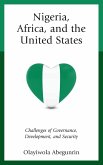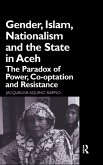West Africa is defined as the area south of the Sahara between the Atlantic and Lake Chad, encompassing the Sahel zone, tropical forests, and pasturelands. West Africans speak languages belonging to three major families: Niger-Congo, Nilo-Saharan, and Afro-Asiatic, as well as the official languages, French and English, introduced in the nineteenth and twentieth centuries. The language of scholarship and learning has been Arabic since the seventh century, when Arab merchants, soldiers, and missionaries came south and established major trade routes. Timbuktu became a center of commerce and learning, and kingdoms such as Ancient Ghana emerged as major regional powers. This study, which provides an overview of the region¿s history from medieval times to the twentieth century, traces the developments following colonialism; the effects of Arab nationalism on West African politics; the role of the Israelis in helping to develop new states; the politics of OPEC; and the rise of Islamic extremism.
Hinweis: Dieser Artikel kann nur an eine deutsche Lieferadresse ausgeliefert werden.
Hinweis: Dieser Artikel kann nur an eine deutsche Lieferadresse ausgeliefert werden.








